The war in the mountains (10 pics + text)
 Bashny.Net
Bashny.Net
Output units of the 40th Army in January and February in 1989 was according to plan. This communication from Kabul through the Salang pass safely protected from possible attacks by the Mujahideen, especially units Ahmad Shah Ma Court.
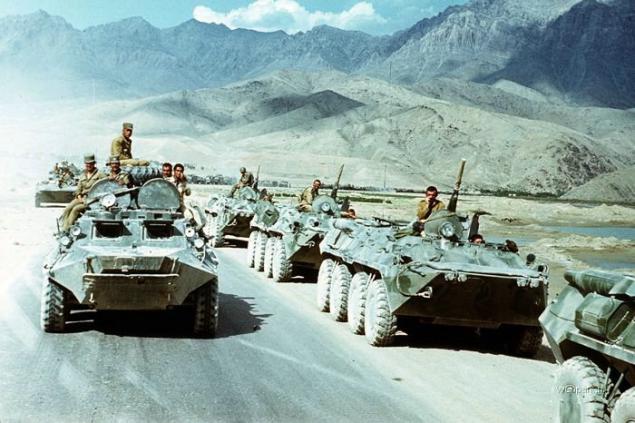
last fight in South Salang occurred in January, just two weeks before the final withdrawal of our troops from Afghanistan. This fight was fierce. Our soldiers have made efforts not to hit by dushmakov civilians who were in the area. Crowds of civilians accompanied with open hearts of our soldiers ... And yet the battle has begun! Not without a loss!

By this time the garrisons were stopped, many outposts and units, stretched column entrained total flow to the north, home. Military camps were transferred to the Afghan side.

The war in Afghanistan lasted nine years. Total losses:
1979 - 86 people
1980 - 1484 Human
1981 - 1298 people
1982 - 1948 people
1983 - 1446 people
1984 - 2346 people
1985 - 1868 people
1986 - 1333 Human
1987 - 1215 people
1988 - 759 people
1989 - 53 people
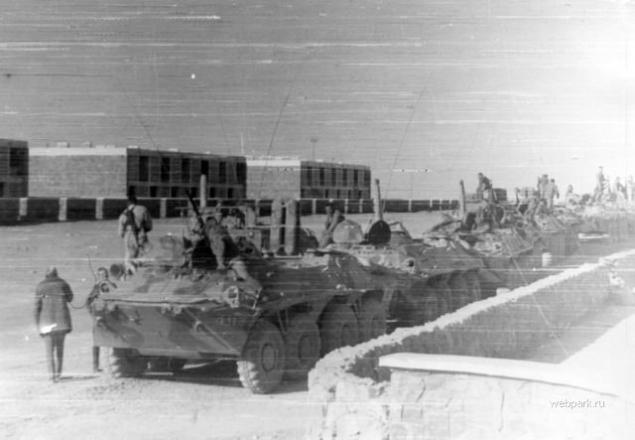
One reason for the war was the desire to support the proponents of socialism in Afghanistan, came to power as a result of the April Revolution, faced with strong opposition of its social, economic and political strategy.

The US military and economic activities in the region posed a threat from Afghanistan exit the Soviet sphere of influence. Also, the Soviet invasion was aimed at preventing a possible strengthening of Islamic fundamentalism in the region, caused by the Islamic revolution in Iran 1979. In itself, the fall of pro-Soviet government would mean a heavy blow at the theory of Marxism-Leninism, asserting that social formations are always changing from simple to perfect and from feudalism to communism, and along with foreign policy positions of the Soviet Union, because this happen, it would be the first in post-war history of the case deposed the pro-Soviet government.

In theory, in addition to direct effects, the spread of fundamentalism through Afghan Tajiks could significantly destabilize the Soviet Central Asia.

At the international level, it was stated that the Soviet Union is guided by the principles of "proletarian internationalism". As the formal foundation of the Politburo used repeated requests the leadership of Afghanistan and Hafizullah Amin himself on providing military assistance to the country to fight the anti-government forces.
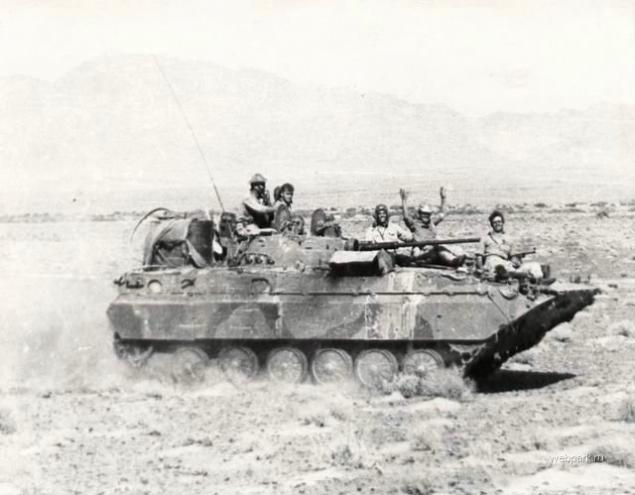
To support the Kabul regime of the USSR budget annually spend about $ 800 million.
On the content of the 40th Army and the conduct of combat operations from the budget of the USSR annually spend about $ 3 billion.
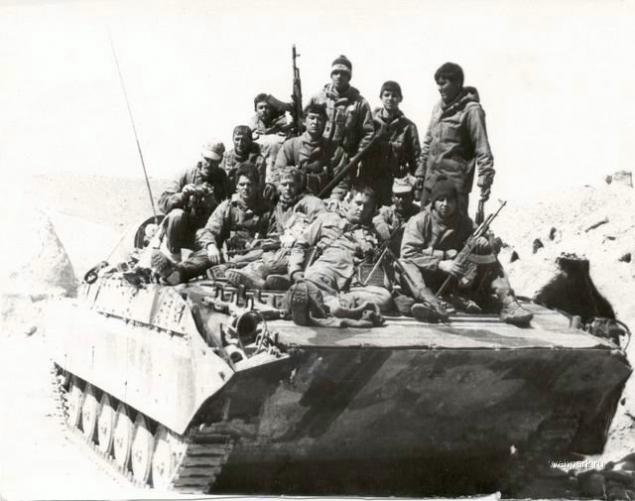
After the withdrawal of Soviet Army from Afghanistan pro-Soviet Najibullah regime (1986-1992) lasted another three years, and, having lost the support of Russia, was deposed in April 1992 by a coalition of warlords, mujahideen (a year after the Soviet Union ceased to exist).
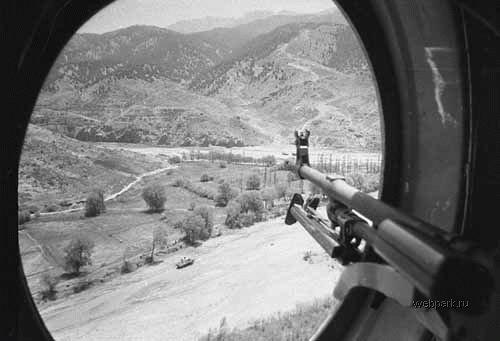
During the war in Afghanistan, there was a terrorist organization al-Qaeda and stronger group of Islamic radicals, who were active participants in conflicts in Algeria, Egypt and Chechnya.
76_82

last fight in South Salang occurred in January, just two weeks before the final withdrawal of our troops from Afghanistan. This fight was fierce. Our soldiers have made efforts not to hit by dushmakov civilians who were in the area. Crowds of civilians accompanied with open hearts of our soldiers ... And yet the battle has begun! Not without a loss!

By this time the garrisons were stopped, many outposts and units, stretched column entrained total flow to the north, home. Military camps were transferred to the Afghan side.

The war in Afghanistan lasted nine years. Total losses:
1979 - 86 people
1980 - 1484 Human
1981 - 1298 people
1982 - 1948 people
1983 - 1446 people
1984 - 2346 people
1985 - 1868 people
1986 - 1333 Human
1987 - 1215 people
1988 - 759 people
1989 - 53 people

One reason for the war was the desire to support the proponents of socialism in Afghanistan, came to power as a result of the April Revolution, faced with strong opposition of its social, economic and political strategy.

The US military and economic activities in the region posed a threat from Afghanistan exit the Soviet sphere of influence. Also, the Soviet invasion was aimed at preventing a possible strengthening of Islamic fundamentalism in the region, caused by the Islamic revolution in Iran 1979. In itself, the fall of pro-Soviet government would mean a heavy blow at the theory of Marxism-Leninism, asserting that social formations are always changing from simple to perfect and from feudalism to communism, and along with foreign policy positions of the Soviet Union, because this happen, it would be the first in post-war history of the case deposed the pro-Soviet government.

In theory, in addition to direct effects, the spread of fundamentalism through Afghan Tajiks could significantly destabilize the Soviet Central Asia.

At the international level, it was stated that the Soviet Union is guided by the principles of "proletarian internationalism". As the formal foundation of the Politburo used repeated requests the leadership of Afghanistan and Hafizullah Amin himself on providing military assistance to the country to fight the anti-government forces.

To support the Kabul regime of the USSR budget annually spend about $ 800 million.
On the content of the 40th Army and the conduct of combat operations from the budget of the USSR annually spend about $ 3 billion.

After the withdrawal of Soviet Army from Afghanistan pro-Soviet Najibullah regime (1986-1992) lasted another three years, and, having lost the support of Russia, was deposed in April 1992 by a coalition of warlords, mujahideen (a year after the Soviet Union ceased to exist).

During the war in Afghanistan, there was a terrorist organization al-Qaeda and stronger group of Islamic radicals, who were active participants in conflicts in Algeria, Egypt and Chechnya.
76_82
Tags
See also
The first decade of the 21st century comes to an end (25 photos)
How are Roma Prague (30 photos)
Stock star
The war in the Congo (12 pics + text)
The face of the Great War. On the 90th anniversary of the end (25 pics + text)
Gloomy Mountains
Mansion in the mountains (18 photos)
A meeting of the "Union of Russian Paratroopers" on Poklonnaya Hill (24 photos)
Youth Day in Moscow on Poklonnaya Hill (26 photos)
Seven years of brutal devastating war in Iraq (38 photos)
















